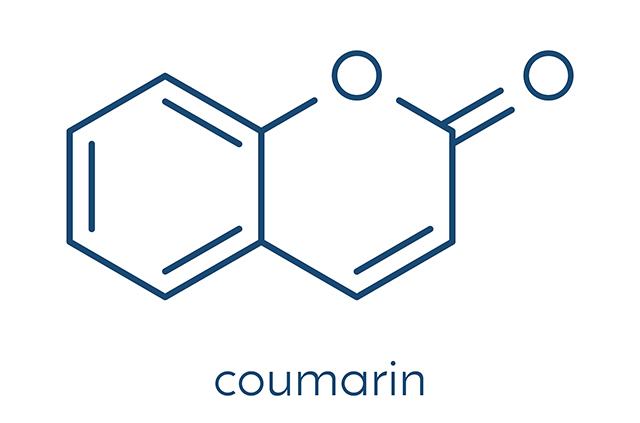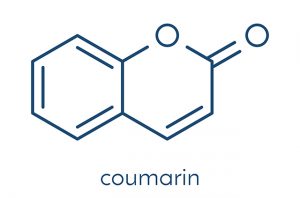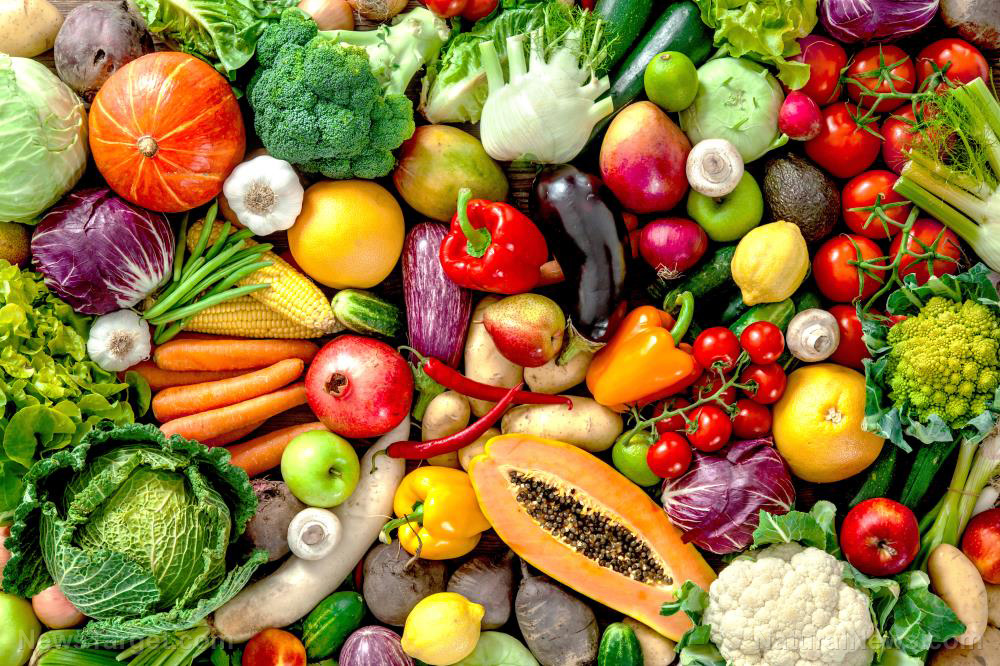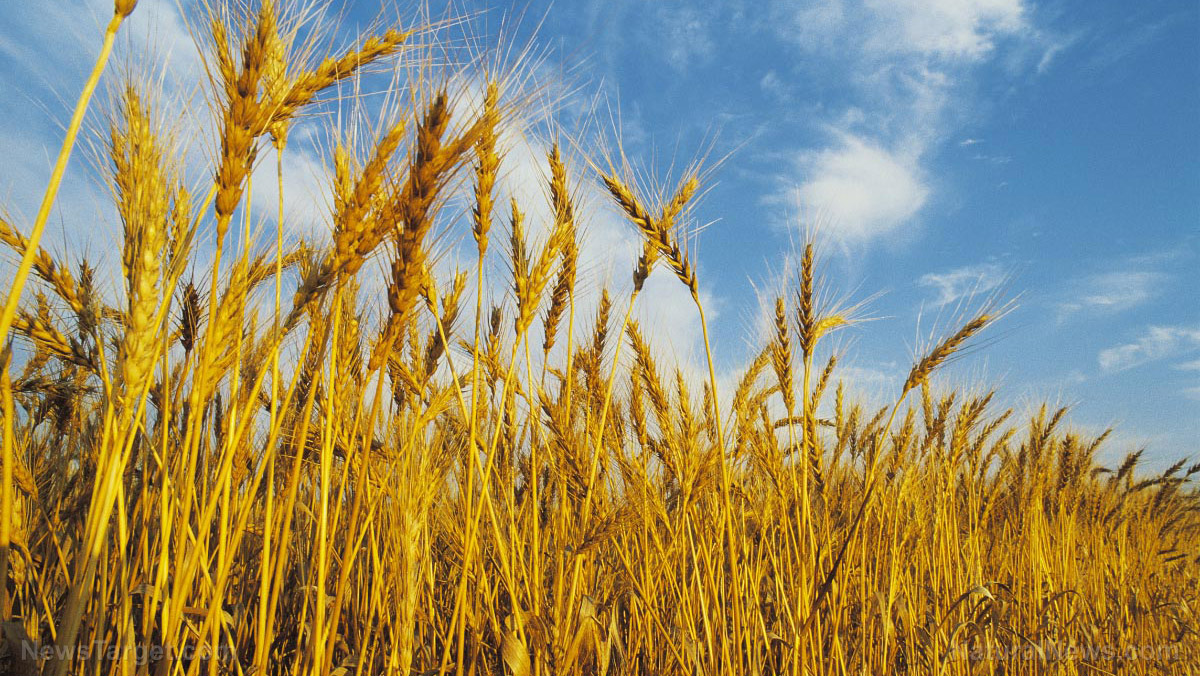Coumarin — toxicity, side effects, diseases and environmental impacts
12/02/2017 / By Michelle Simmons

Coumarin is an organic compound that can be obtained from a variety of plants, natural spices, and foods, such as cassia, cinnamon, sweet clover, green tea, peppermint, celery, bilberry, lavender, honey, and carrots, as well as in beer, tobacco, and wine. However, high concentrations of coumarin can be found in the tonka bean, woodruff, and bison grass. Moreover, the compound can be synthesized chemically. It belongs to the heterocyclic class of organic compounds as it is a molecule that has a ring of atoms of more than one element.
Its presence was first observed in the tonka bean in 1820, and was first synthesized in 1868 by Sir William Henry Perkin, who was an English chemist. Coumarin can be physically described as a crystalline white solid with a sweet, vanilla, and nutty scent that can be likened to the scent of newly-mowed hay. Coumarin is used in the production of perfumes and flavorings, as wells as in the preparation of other chemicals. Coumarin has the molecular formula of C9H6O2.

List of known side effects
According to an entry by MedicalNewsToday.com, a study on cinnamon found that coumarin may cause damage to the liver of some sensitive people. Poisoning with coumarin may also cause nosebleeds, bleeding gums, bloody urine, extensive bruising in the absence of injury or ecchymoses, fatigue, shortness of breath or dyspnea, and fluid in lungs. Another side effect of coumarin in humans is that it can cause allergic skin reaction with symptoms of redness and pain. Multiple or long-term exposure to the chemical may also cause damage to body organs. There is no information on the environmental side effect of coumarin.
Body systems affected by coumarin
The body systems that can be adversely affected by coumarin are the digestive, integumentary, and respiratory systems.
Items that can contain coumarin
Coumarin can be a fragrance ingredient for a wide variety of products, such as cosmetics and personal hygiene products, including aftershave lotions, bath products, bubble baths, moisturizers, skin care products, and suntan products.. It can also be found in cleansing and furnishing care products, laundry and dishwashing products, and air care products.
How to avoid coumarin
There are a few ways on how to avoid coumarin. Coumarin can be avoided by simply refraining from using products that contain the chemical such as cosmetic and personal care products, and plants such as tonka beans, lavender, licorice, strawberries, apricots, cherries, cinnamon, and sweet clover, where it can be obtained.
Where to learn more
- 10 Antibacterial Herbs: Fight Infections And Kill Bacteria
- 10 Antibacterial Foods That Combat Infection Naturally
- 11 Reasons why you should try eating Ceylon cinnamon
- Figs Amazing Fruit: Prevent Cancer, Diabetes, Heart attack
- Are you eating “true” cinnamon?
Summary
Coumarin is a crystalline white solid with a sweet, vanilla, and nutty scent. Coumarin can be obtained from a variety of plants, natural spices, and foods, such as tonka bean, cassia, cinnamon, sweet clover, green tea, peppermint, celery, bilberry, lavender, honey, and carrots, as well as in beer, tobacco, and wine.
Coumarin can cause allergic skin reaction with symptoms of redness and pain.
Extreme exposure to coumarin, which can result to poisoning, can cause nosebleeds, bleeding gums, bloody urine, ecchymoses, fatigue, shortness of breath, and fluid in lungs.
Coumarin can adversely affect the digestive, integumentary, and respiratory systems.
Sources include:
Tagged Under: Coumarin




















